The quality of film released in 1954 was extremely high. Even so, the Best Director and Picture Oscar and races seemed open and shut cases for Elia Kazan and On the Waterfront, and indeed the film became the first to sweep the National Board of Review, The New York Film Critics, the Golden Globes and the Oscar.
On the Waterfront was nominated for 12 Oscars and won 8. Its competition for Best Picture, such as it was, was comprised of the films of directors whose works had been there before: Edward Dmytryk’s The Caine Mutiny; George Seaton’s The Country Girl; Stanley Donen’s Seven Brides for Seven Brothers and Jean Nugulesco’s Three Coins in the Fountain. Of these, only The Country Girl’s Seaton made the short list for Best Director with Kazan. The other nominees were directors who were no strangers to the category: Alfred Hitchcock for Rear Window; William Wellman for The High and the Mighty and former winner Billy Wilder for Sabrina.
It was a rich year for Hollywood overall. Four of the five Best Picture nominees, the corruption drama, On the Waterfront; the madman at sea adventure, The Caine Mutiny; the comeback of a has-been actor exploraton, The Country Girl and the wonderfully engaging musical comedy, Seven Brides for Seven Brothers were highly praised by the critics and did well at the box office. The fifth, the romantic comedy, Three Coins in the Fountain, was a box office hit based on the popularity of its title song and travelogue aspects of the film shot on location in Rome at a time when films made outside of Hollywood studios were still not commonplace.
A ten nominee Best Picture slate would certainly have included the works of the three nominated directors whose films didn’t make the five picture cut: the nail-biting suspense thriller, Rear Window, the airliner in jeopardy drama, The High and the Mighty and the adorable romantic comedy, Sabrina, as well as A Star Is Born, George Cukor’s highly regarded musical remake of the 1937 straight dramatic film that won Wellman an Oscar for Best Screenplay, which was itself ironically based on Cukor’s earlier What Price Hollywood?
What, then, would be the tenth nominee? There was so much to choose from including several foreign film releases of the past few years all making inroads at the U.S. box office. Among them were six big ones from France: Jaques Tati’s Mr. Hulot’s Holiday; Robert Bressons’s Diary of a Country Priest; Rene Clement’s Forbidden Game; Jean Renoir’s Only the French Can (French Cancan) and Max Ophuls The Earrings of Madame de… and Le Plasir as well as Roberto Rossellini’s The Greatest Love (Europa ’51) and Luigi’s Comencini’s Bread, Love and Dreams from Italy and Kenji Mizoguchi’s Ugetsu and Teinosuke Kinugasa’s Gate of Hell from Japan. England gave us David Lean’s Hobson’s Choice and Robert Hamer’s The Detective (originally Father Brown) among others.
Hollywood itself offered such high profile entertainments as Robert Wise’s Executive Suite; Douglas Sirk’s Magnificent Obsession; Nicholas Ray’s Johnny Guitar; Anthony Mann’s The Glenn Miller Story; Richard Fleisher’s 20,000 Leagues Under the Sea; Otto Preminger’s Carmen Jones; Joseph L. Mankiewicz’s The Barefoot Contessa and Laslo Benedk’s The Wild One.
Of all these, I’d place my bet on Executive Suite which had four other nominations to support it giving prior year’s best actor winner William Holden (for Stalag 17) three nominees in the Best Picture race along with The Country Girl and Sabrina.

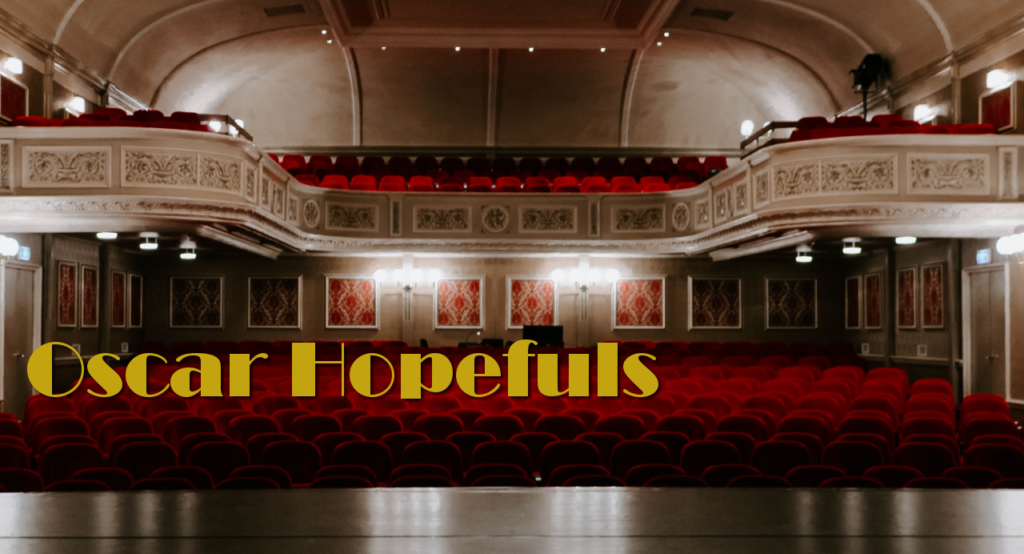



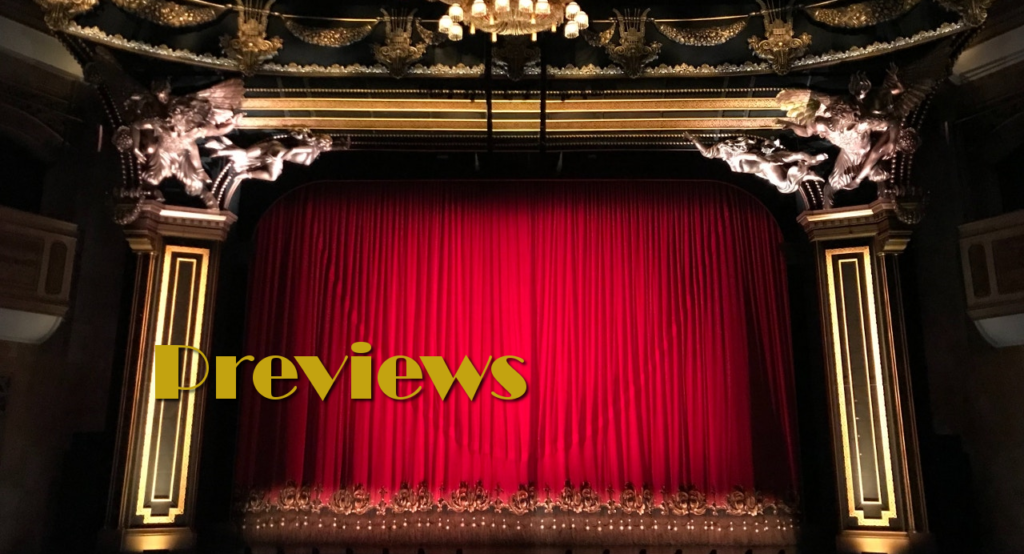


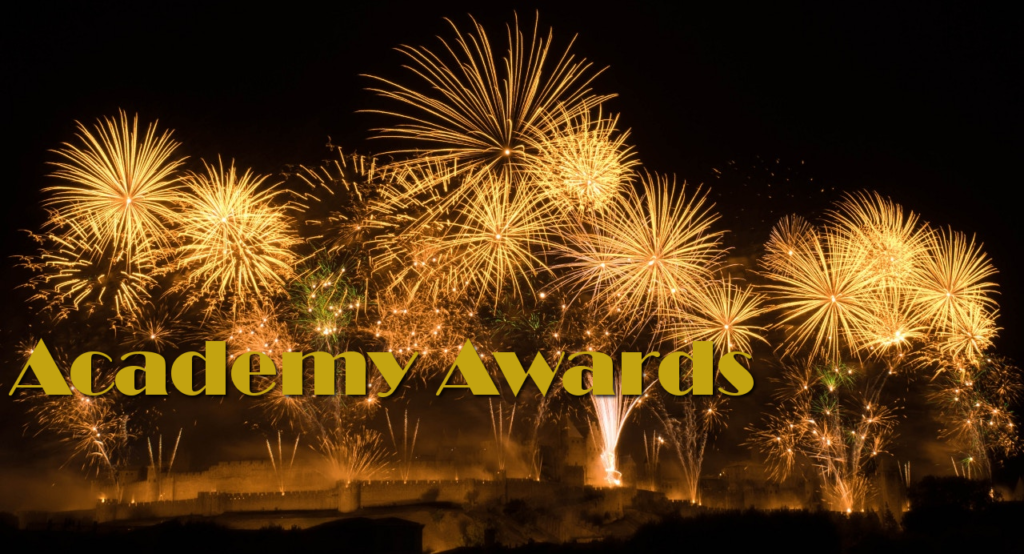





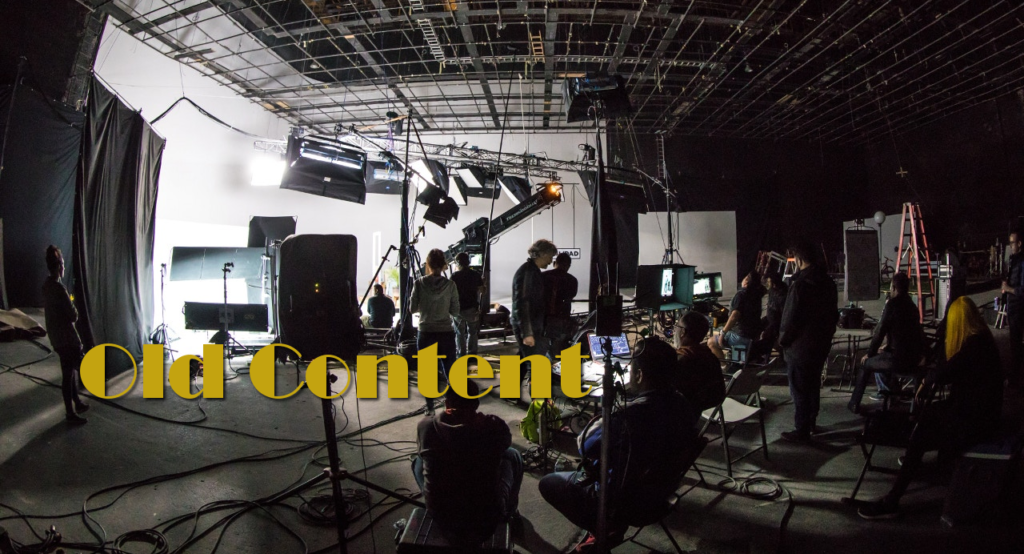
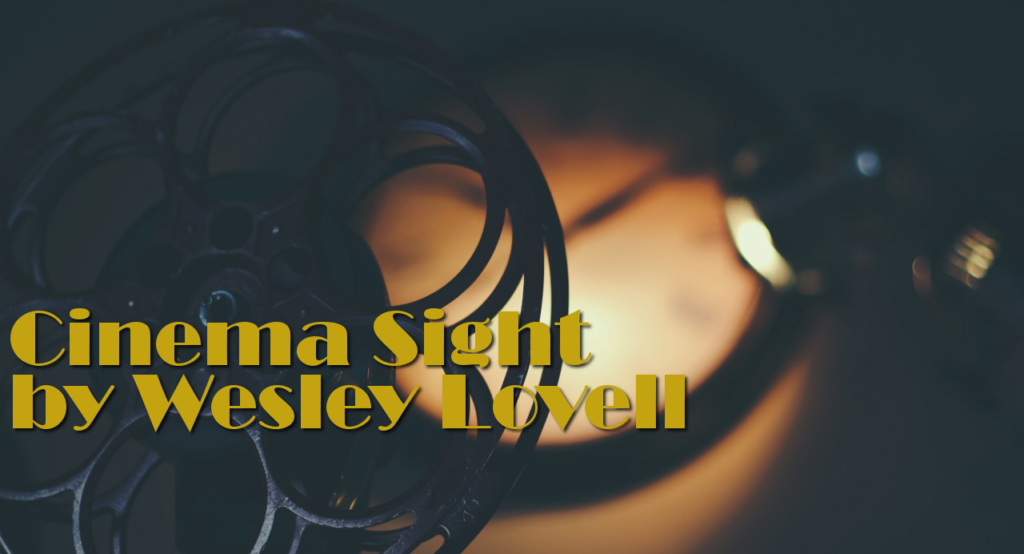


Leave a Reply
You must be logged in to post a comment.